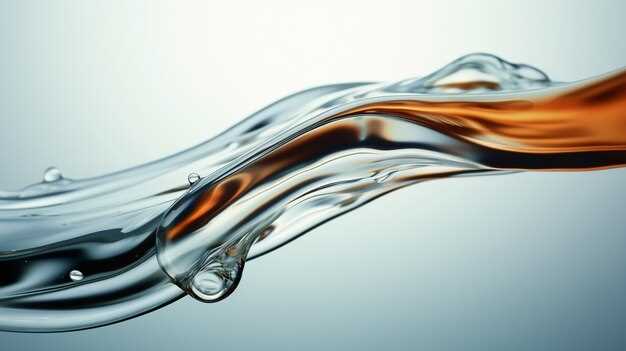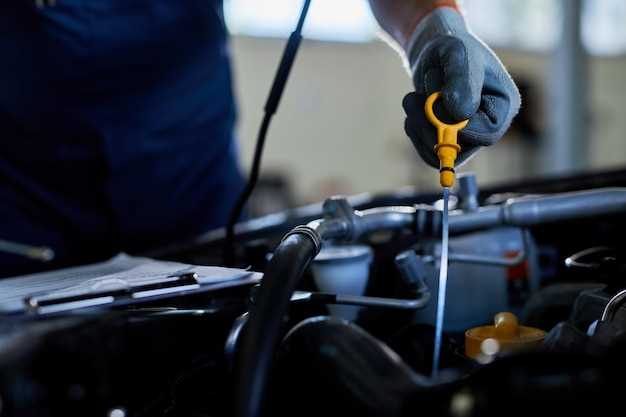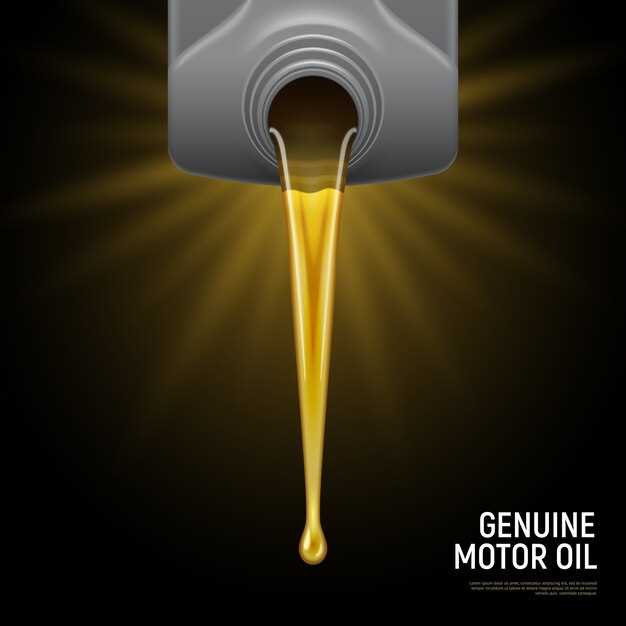
When it comes to classic cars, the importance of using the right fluids cannot be overstated. The performance and longevity of vintage engines heavily depend on the quality and type of fluids utilized throughout their operation. With the unique engineering and materials often found in these classic vehicles, selecting the optimal fluids is crucial for maintaining their performance and reliability.
Engine oil is one of the most vital fluids for any classic car. Unlike modern engines, older engines have different clearance tolerances and materials that require specific formulations to ensure proper lubrication. Using high-quality, low-friction oils designed for classic engines can drastically improve performance, reduce wear, and extend engine life.
Besides engine oil, coolant also plays a significant role in maintaining optimal engine temperatures and preventing overheating. Classic cars may require specific coolant types that are compatible with older materials, further emphasizing the need for careful fluid selection. Additionally, transmission fluids and brake fluids specifically designed for classic vehicles help ensure safe and efficient operation on the road.
Choosing the Right Motor Oil for Vintage Engines
Selecting the appropriate motor oil for classic engines is crucial for maintaining optimal performance and longevity. Vintage engines often differ significantly from modern powertrains, requiring careful consideration of oil viscosity, formulation, and additives. The key is to select fluids that adhere to the unique needs of older designs while ensuring compatibility with older materials.
When choosing oil for classic engines, viscosity is a primary factor. Many vintage vehicles were designed to run on oils with higher viscosity ratings than those commonly used today. Oils with a viscosity of SAE 30 or 40 are often suitable for these engines, especially in warmer climates. However, it is essential to consult the manufacturer’s specifications to determine the recommended viscosity for a specific model.
The formulation of motor oil also plays a critical role. Traditional oils were predominantly made from mineral bases, while modern formulas often use synthetic blends. While synthetic oils can offer superior protection, some classic engines may be incompatible due to the presence of seals and gaskets that were not designed for synthetic lubricants. In such cases, high-quality conventional or mineral oils are advisable.
Additives in motor oil can enhance performance but should be selected with care. Classic engines may benefit from oils containing zinc dialkyldithiophosphate (ZDDP), a compound that protects against wear in older designs with flat-tappet camshafts. Oils formulated specifically for vintage vehicles often include higher levels of ZDDP, making them ideal for these engines.
Environmental conditions must be considered as well. For classic engines that operate in various climates, multi-grade oils can ensure optimal performance by adapting to changing temperatures. Oils such as 10W-30 can provide the necessary protection across a wider temperature range, but again, it’s crucial to verify compatibility with the engine’s specifications.
Ultimately, choosing the right motor oil for vintage engines requires a balance of viscosity, formulation, and additives tailored to preserve engine integrity and performance. Regular oil changes using the appropriate fluids will help maintain the functionality and reliability of classic engines, ensuring they continue to perform well for years to come.
Coolant Selection: Maximizing Heat Management in Classic Cars

When it comes to maintaining classic cars, choosing the right coolant is crucial for optimal heat management. Classic vehicles often have unique cooling requirements due to their aging components and original engineering designs. Selecting the appropriate fluids can significantly impact engine performance and longevity.
One of the main considerations is the type of coolant. Traditional ethylene glycol-based coolants provide effective temperature regulation and prevent freezing. However, modern coolants, often with organic acid technology (OAT), offer enhanced performance and longevity. These fluids include additives that prevent corrosion, which is vital for vintage engines that may exhibit wear over the years.
Additionally, the coolant-to-water ratio is essential when preparing the mixture. A typical recommendation is a 50/50 mixture of coolant and distilled water. This combination maximizes heat transfer, ensures efficient performance, and protects critical engine components. Using distilled water is important to avoid mineral deposits that could harm the engine’s cooling system.
For classic cars, it’s also advisable to consider the breed of the engine. Some vintage models may benefit from specific formulations designed for older technologies. Classic vehicles might require coolants that are free from phosphates and silicates, which can cause damage to the radiator and other components. Selecting the right fluid ensures the cooling system remains efficient and avoids unnecessary repairs.
Regular maintenance is equally important. Periodically checking coolant levels and inspecting for leaks can prevent overheating. Flushing the cooling system every couple of years can help remove any buildup and extend the life of both the coolant and the engine. By prioritizing proper coolant selection and maintenance protocols, classic car enthusiasts can safeguard their investments and enjoy peak performance for years to come.
Transmission Fluids: Enhancing Shift Quality in Classic Vehicles

Transmission fluids play a crucial role in the overall performance of classic cars, significantly impacting their shifting quality and longevity. Unlike modern vehicles, classic engines typically require specific fluids designed to meet their unique needs. Choosing the right transmission fluid can enhance the driving experience, ensuring smooth gear shifts and optimal engine performance.
Type and Viscosity are important considerations when selecting transmission fluids for classic vehicles. Classic engines often operate at different temperatures and pressures than contemporary designs. Therefore, using a fluid with appropriate viscosity ensures proper lubrication of transmission components, reducing wear and tear. A fluid that is too thin may lead to inadequate protection, while one that is too thick could result in sluggish shifting.
Detergents and Additives in transmission fluids contribute significantly to maintaining performance. Classic engines may be more prone to sludge and deposits due to age and design. High-quality fluids containing detergents can help reduce these buildups, promoting smoother shifts and prolonging the life of transmission components. Choosing a fluid with appropriate additives specifically formulated for older models is essential for optimal performance.
Furthermore, the Compatibility of transmission fluids with existing systems in classic cars should not be overlooked. Some vehicles may still have original equipment that is sensitive to modern synthetics. It is vital to consult manufacturer specifications and consider using fluids designed for vintage models to avoid damaging seals and gaskets, which can lead to costly repairs.
In addition to enhancing shift quality, the right transmission fluids also aid in maintaining optimal engine performance. Smooth shifting contributes to better fuel efficiency, responsiveness, and overall driving satisfaction. As performance enthusiasts continue to restore and preserve classic vehicles, the selection of proper transmission fluids remains an essential aspect of ensuring these cars excel on the road.


